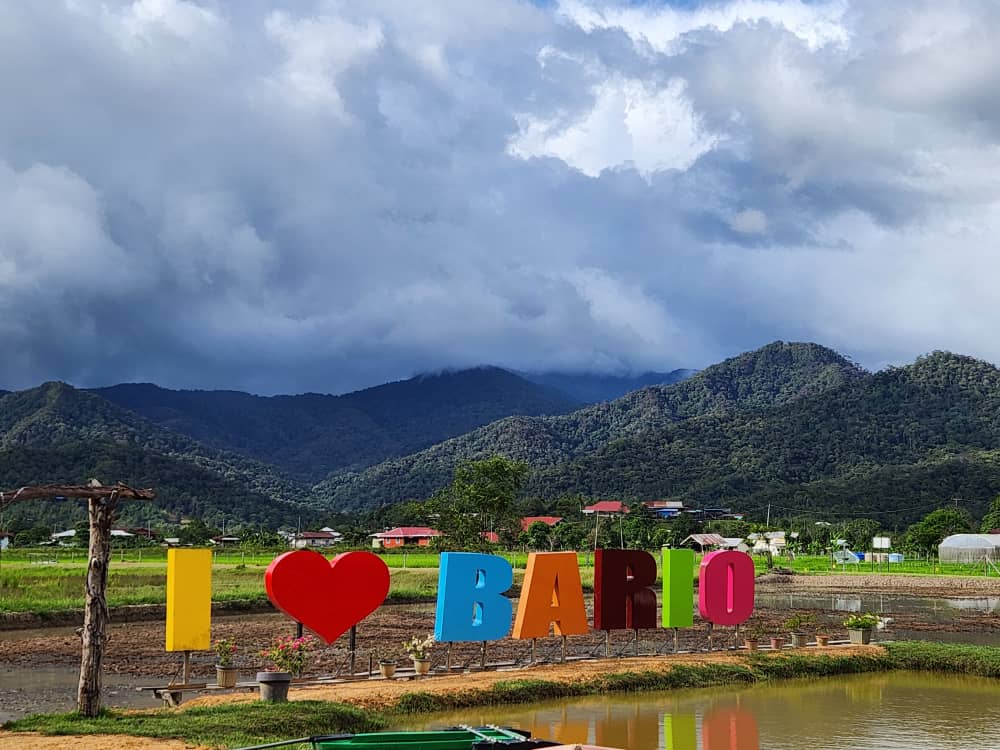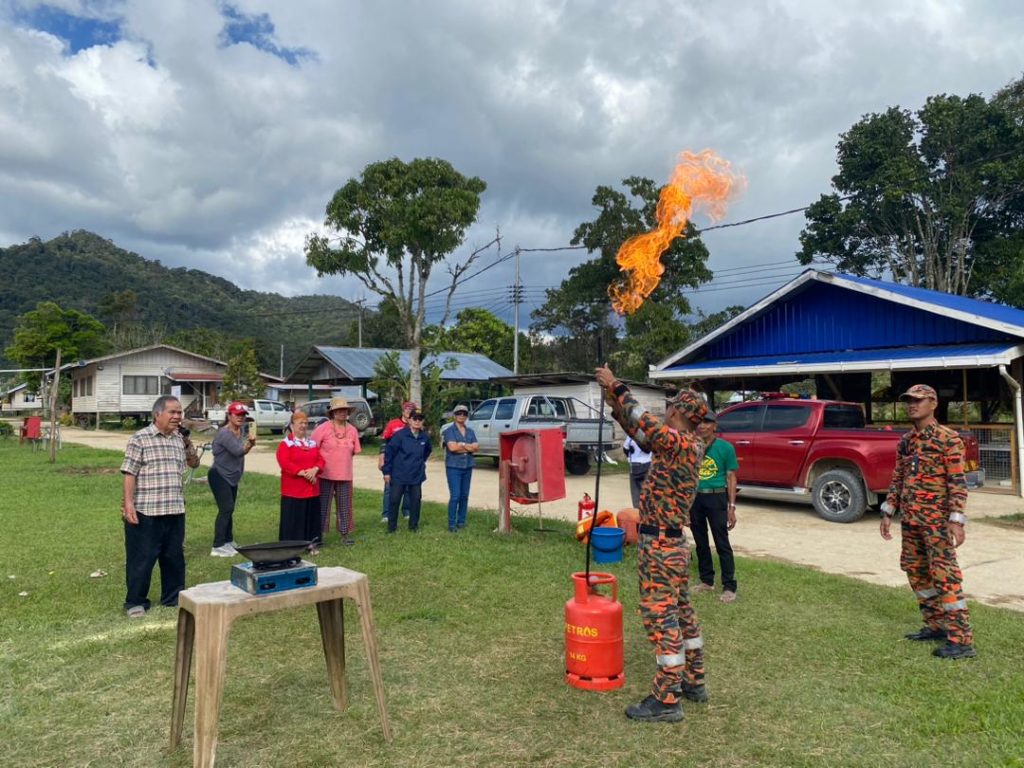
by Datu Khirudin Drahman
Recently I was in the Bario Highlands for a special fire safety programme with folks in the highlands. It was specially dedicated for rural and remote communities in tackling fire risks in their homes and neighbourhood.
Done in partnership with PETRONAS Sarawak, it was also the second time that we partnered with its staff in Miri.
The misty hills of the Bario Highlands are located some 180 km east of Miri, a town noted for its oil reserves more than a century ago. Most people in Bario are from the Kelabit community.
In our BOMBA Sarawak Fire Safety programme, we conducted our information initiative through CELIK S.U.R.I and Children Fire Safety or Kelab 3K to allow women and children to understand the elements of danger in fire accidents and how to prevent them. The response was overwhelming as more than 50 people from 15 villages in the Bario area attended.
We used a very simple approach for them to understand by using the 3Ps approach — PRECAUTION, PREVENTION and PROTECTION.
We also stressed the importance of the people whenever there are accidents. Like when there are fire accidents, there is bound to be victims and this means having an impact on people.
They were told that the very simple knowledge of fire safety requires people to understand the fire itself. Things like fire science, ignition, growth and development of fire, principles of fire propagation and fire hazard assessment.
Fire is essentially a chemical reaction known as combustion. It can spread within minutes and kill in seconds. Knowing the characteristics of fire and understanding how it can spread can help us to formulate strategies on the safety of lives and protection of property.
Having such knowledge also can help reduce unnecessary burning and the release of carbon.
To be able to do this, there must be good housekeeping and maintenance. These are crucial elements in fire prevention.
A fire can easily be extinguished by removing one of the factors in inhibiting the chemical chain reaction of the combustion process.
Four factors are needed to start a fire: fuel, oxygen, heat and chemical reaction. This is known as the fire tetrahedron.
If a chemical is allowed to spread unchecked, a very small fire will quickly develop into an inferno and become catastrophic.
Let us remember: The world’s largest fires can even be extinguished by pouring a cup of water at the right moment!

IGNITION: A process in which fuel reacts with oxygen to give heat and light Understanding of ignition, growth and development of fire. For example, we can remove heat by pouring water on the small fire or removing the fuel (or fire) load (amount of available and potentially combustible materials to fuel the fire) or cutting off oxygen supply by using a fire blanket or foam.
GROWTH: A fire once started can grow rapidly as it creates the conditions for its own growth. In an enclosed compartment, a critical stage may be reached where all the combustion materials are heated to flammable concentrations of gases and the fire suddenly flashes throughout the whole compartment. This is known as a “flashover” where the simultaneous ignition of all combustibles occurs in an enclosed area. Flashover occurs when the majority of the surface in a space are heated to the point at which they give off flammable gases that are hot enough to sustain combustion.
DECAY: In the decay stage, the fire burns itself out due to lack of fuel and oxygen. A fire passes through a development stage after initial growth. During this stage, the fire temperature increases slowly. However, the fire continues to spread into other areas, which then in turn continue the process of rapid initial growth and development.
With the right knowledge, everyone including you and me or even people living in remote areas can safeguard against the perils of fire. We can start by understanding the principles of fire propagation.
